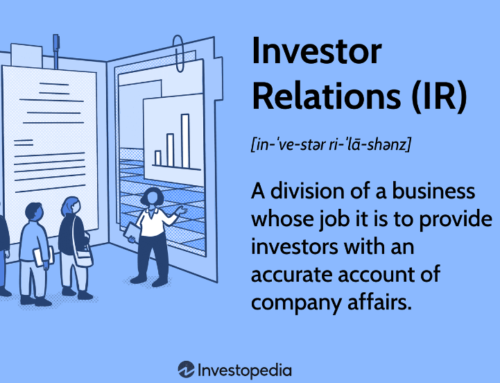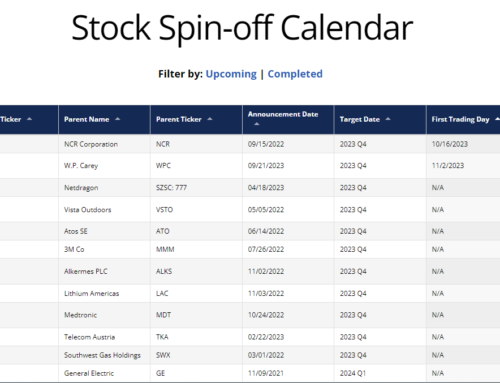Capitalizing On Volatility In Recent Spin-Offs
Volatility is always high for recent spin-offs. You can take advantage of that by “selling volatility” in the options market. First, let’s step back and cover how options are priced. Here’s Joel Greenblatt:
In general, professionals and academics calculate an option’s “correct” or theoretical price by first measuring the past price volatility of the underlying stock—a measure of how much the price of the stock has fluctuated. This volatility measure is then plugged into a formula that is probably some variant of the Black-Scholes model. The formula takes into account the stock’s price, the exercise price of the option, interest rates, and the time remaining until expiration, as well as the stock’s volatility. The higher a stock’s past volatility, the higher the option price.
Because spin-offs are extremely volatile in early trading (often to the downside), the pricing of calls and puts will be artificially high in initial trading. As such, there is often an opportunity to sell a put for an attractive implied return.
Alright let’s get into a case study:
On Oct 1, 2021, Sylvamo Corp. (SLVM) started trading. As is typically the case for small spin-offs, it sank like a rock. I fundamentally liked SLVM’s business (paper manufacturer) and valuation. After initial selling pressure started to slow, I thought the stock looked interesting but worried about a lack of catalysts. As such, I thought selling a put would make more sense than just buying the stock.
Here’s why:
On 10/10/2022, it was possible to sell a put for $4.20 with a strike price of $25 and an expiration date of 5/20/2022. That day, the stock closed at $26.50. This seemed really attractive for 2 reasons:
1) it would generate a 16.8% “yield” 4.20/25 (or 27.7% annualized).
2) if the stock was below $25 at expiration, I would be happy to own it. Remember I liked its fundamentals and valuation.
Better yet, my cost basis would be $20.80 (25-4.20). What happened? Eventually, the stock snapped back and I bought the put back on February 8, 2022 for $0.70. At the time, SLVM’s share price was $33.68. Profit: +83% (3.5 / 4.20). During the same time, the stock returned 27% (33.68/26.50). So my options trade (+83%) generated a much greater return. Better yet, my downside was protected. If the stock had not rebounded, I still would have made a 27.7% annualized return.
There is one major caveat:
If the stock trades below the exercise price at expiration, you will be forced to buy the shares. For every put contract that you sell, you have to be comfortable owning 100 shares of the underlying stock. So these trades should be small.







Very informative!
Thanks rich!